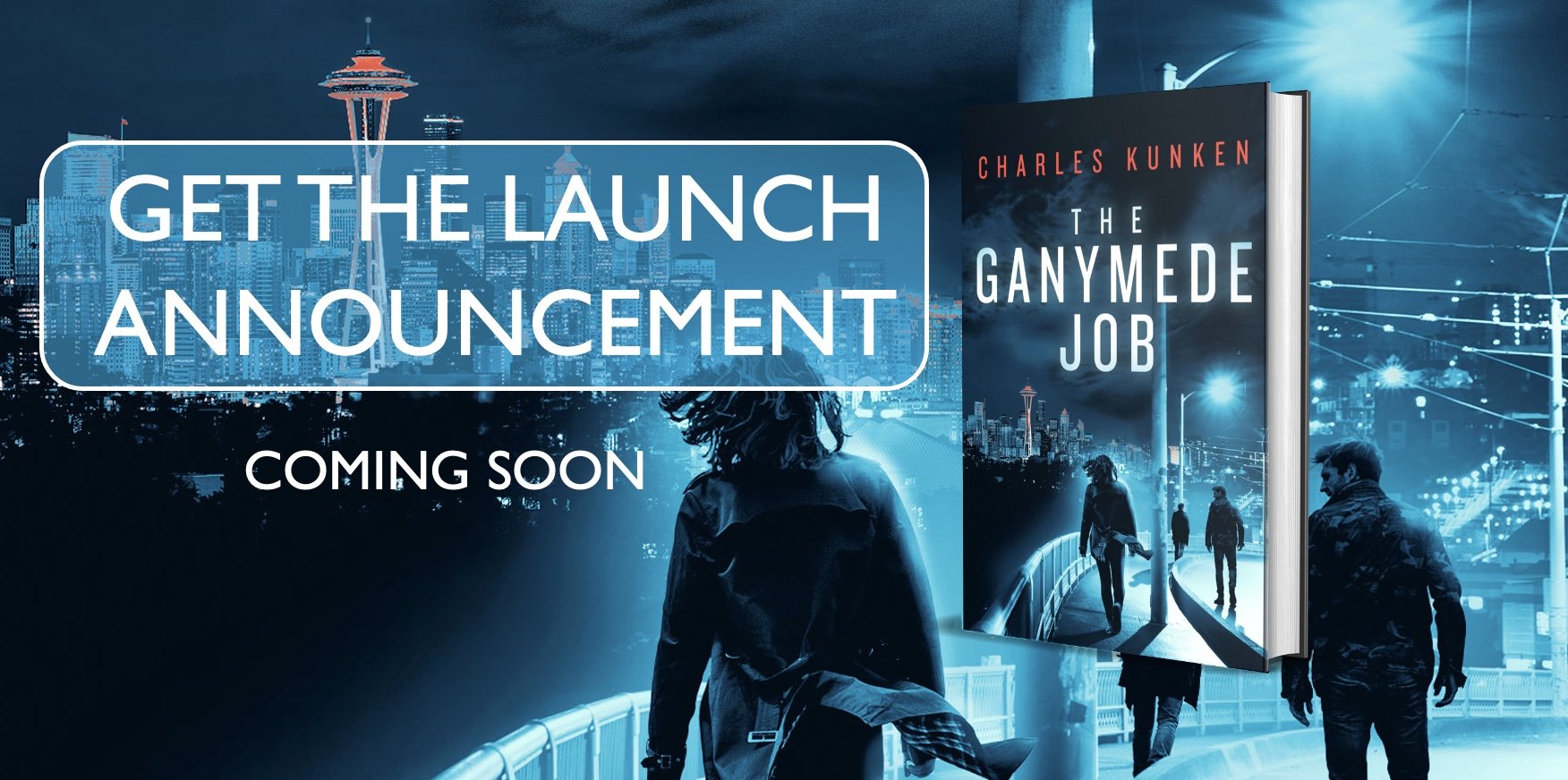Not a coach. Not a celebrity superstar. They had a captain that led from the shadows. This post is a review of the book, ‘The Captain Class’ by Sam Walker and a summary of his fantastic work. His study adds a missing element to what we thought we knew about culture.
Get The Friday Art & Work Newsletter:
The full AMZN Fall Series here: charleskunken.com/season2
First Sam made a list of the 17 greatest teams of all time.
From Magpies to Yankees. The dynasties.
Then he looked deeply under the hood of each to explain what they had in common.
Choosing The 17 – Sam’s Rules
To qualify a team had to have played an eligible sport: 5+ players per side, who competed together, directly against their opponent (eg, no rowing, no Ryder Cup golf[1]).
The eligible dynasties had to have played a ‘major’ sport, thus competing against the world’s best (so no regionals like tug-of-war or lacrosse).
And their accomplishments had to stand alone beyond that of any other team to have ever played their game. These were the 17:
(*spoiler alert, no 90’s Bulls*)
1. The Collingwood Magpies, Australian rules football (1927-30)
2. The New York Yankees, Major League Baseball (1949-53)
3. Hungary, International men’s soccer (1950-55)
4. The Montreal Canadiens, National Hockey League (1955-60)
5. The Boston Celtics, National Basketball Association (1956-69)
6. Brazil, International men’s soccer (1958-62)
7. The Pittsburgh Steelers, National Football League (1974-80)
8. The Soviet Union, International men’s ice hockey (1980-84)
9. The New Zealand All Blacks, International rugby union (1986-90)
10. Cuba, International women’s volleyball (1991-2000)
11. Australia, International women’s field hockey (1993-2000)
12. The United States, International women’s soccer (1996-99)
13. The San Antonio Spurs, National Basketball Association (1997-2016)
14. The New England Patriots, National Football League (2001-2018)
15. Barcelona, Professional soccer (2008-13)
16. France, International men’s handball (2008-15)
17. The New Zealand All Blacks, International rugby union (2011-15)
The list alone would keep a bar tab open ‘til morning (even though nobody here has heard of a ‘Magpie’ until about 30 seconds ago), but the question at hand isn’t who’s on or who’s off the list, it’s what did they all have in common.
Sam’s framework allows us to see the pattern.
It’s Not The Coach
Interestingly, there was no common style amongst the coaches. Tacticians, strategists, motivators, yellers, there just wasn’t one type.
Additionally, only one out of the seventeen had previously coached a dominant team. Seven were so-so, four had losing records or had been fired, and five had little to no previous experience.
They didn’t come with a track record.
Jordan’s Bulls (still a good case study)
1990 was Michael Jordan’s 7th season with Chicago. In the first three the team had amassed a losing record. This was followed by 3 straight conference finals but still no title.
After a 7-6 start Phil Jackson made what was potentially the move that rewrote Bulls history. He made Bill Cartwright, the aging veteran center, a co-captain with Jordan.
Jordan was the star, in talent and culture. His persona saw unprecedented levels of celebrity.
And Cartwright…well he just showed up early for practice. And stayed late to talk to the other players after.
Jackson made the move, as he told the press, because Cartwright was a communicator who could inspire by example and convince the other players to perform within their roles.
Basically what he was saying was that Cartwright could make the whole greater than the sum of its parts.
And after winning their first title that season even Jordan acknowledged that ‘Bill made the difference.’
The Shadow Captain, The Common Thread
This shadow ‘captain’ can, but did not need to be the star.
These are the seven traits of ‘The Captain Class’ as identified by Sam:
1. Extreme doggedness and focus in competition.
2. Aggressive play that tests the limits of the rules.
3. A willingness to do thankless jobs in the shadows.
4. A low-key, practical, and democratic communication style.
5. Motivates others with passionate nonverbal displays.
6. Strong convictions and the courage to stand apart.
7. Ironclad emotional control.
Having Enough Talent Is Non-Negotiable
This is required in order for any team to be great. But maximizing that talent is what a dynasty makes.
How the shadow captain does this is by creating a ‘shared cognition’.
They communicate with everyone equally and informally. They listen more than they talk. They make everyone feel included. They are always very engaged.
Teams with shared cognition can anticipate one another’s responses and coordinate their work more effectively.
Jordon seemed kinda needy, he had a chip on his shoulder, and frankly sounded kinda like an *sshole. This was also the he source of his competitive edge. To be clear: no Jordan, no championships.
Conclusion
Sam teaches us that the most important act of a coach is finding and placing that captain.
The team has to have talent. The coach must instill culture. But it’s the shadow captain that will ultimately make the whole greater than the sum of its parts.
That’s what makes Phil Jackson an all-time coach.
[1] *I guess this would have disqualified the Gentleman’s Tour
The Gentlemans's Tour:
The Gentleman’s Tour. A different kind of dynasty.
Image: (2013) Location unknown…somewhere in New Jersey…and definitely a public course.
Have some thoughts? Feel free to drop a comment or hit me up: charlie@charleskunken.com



